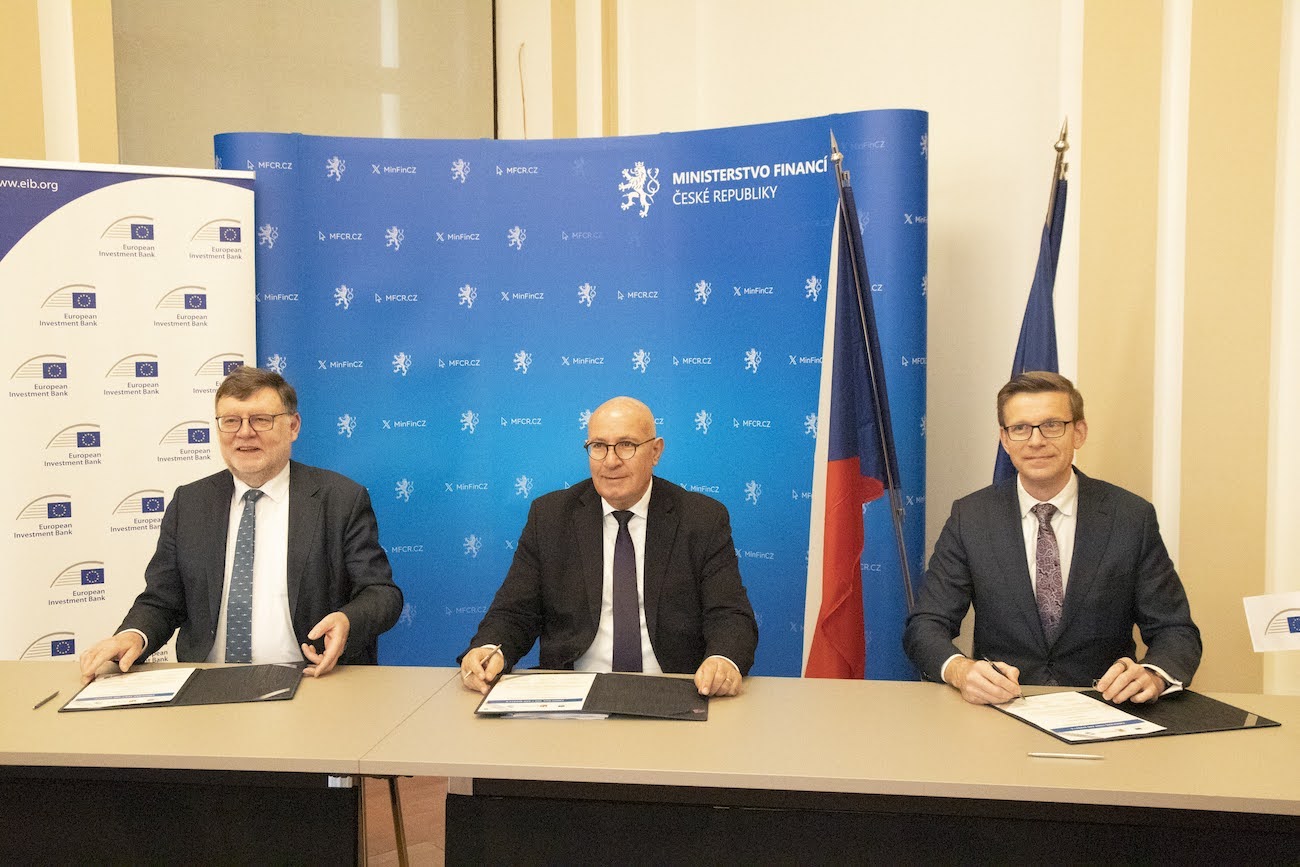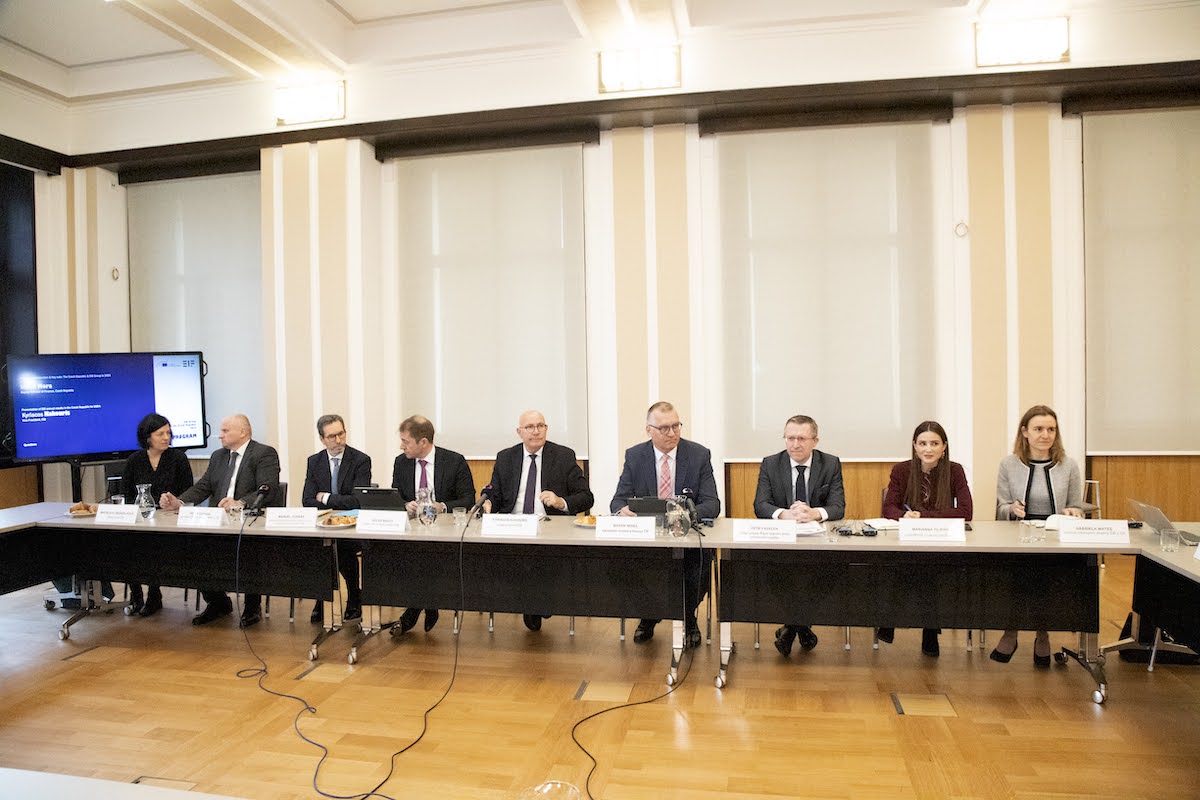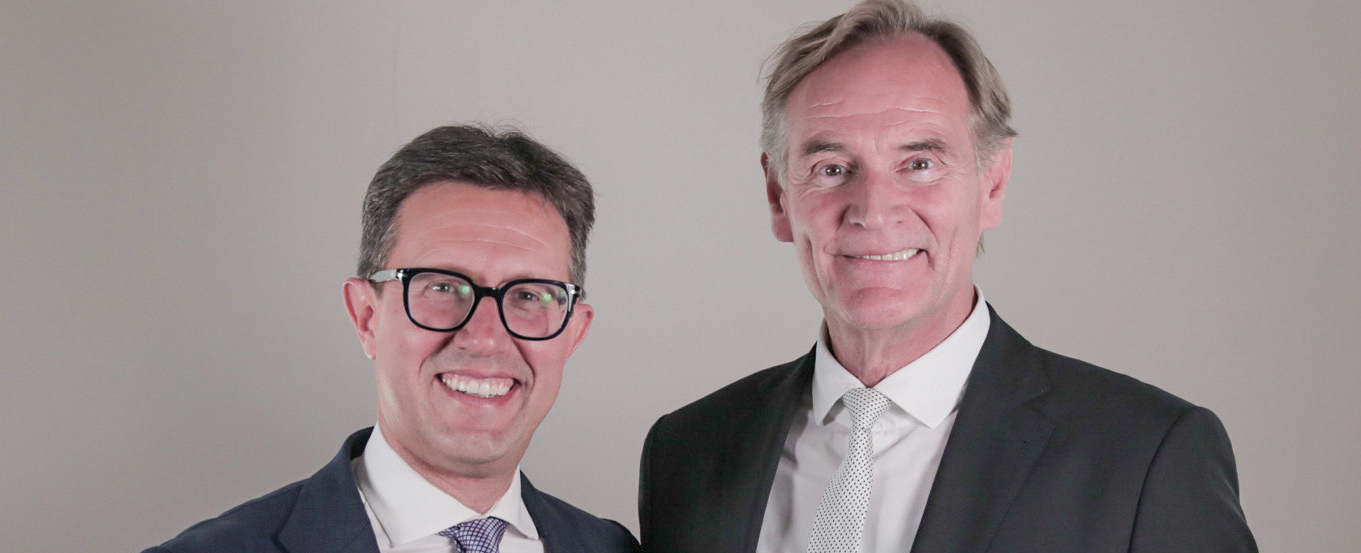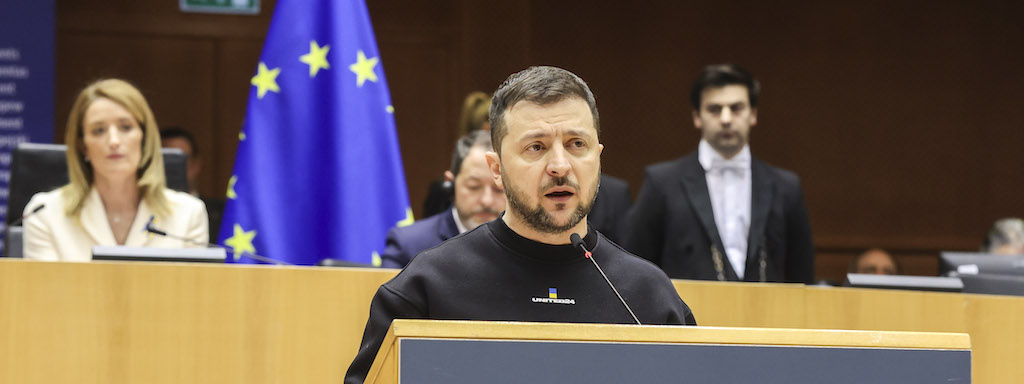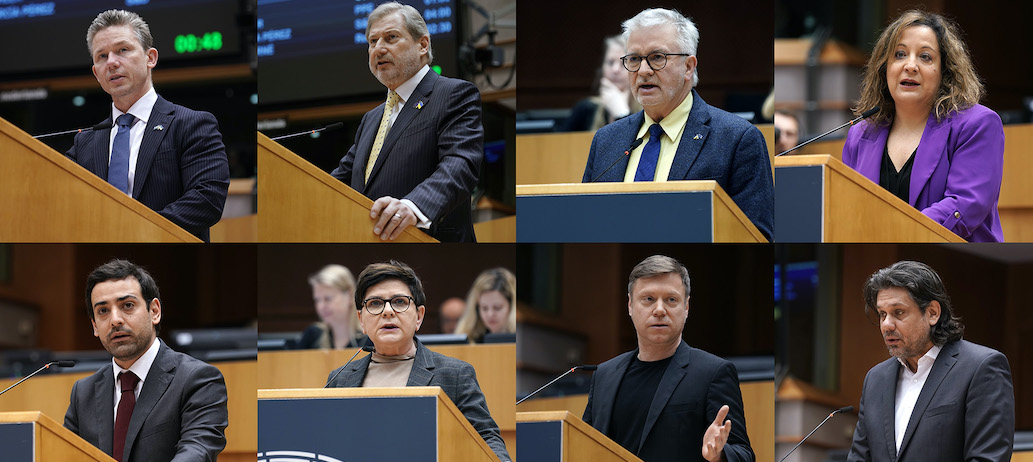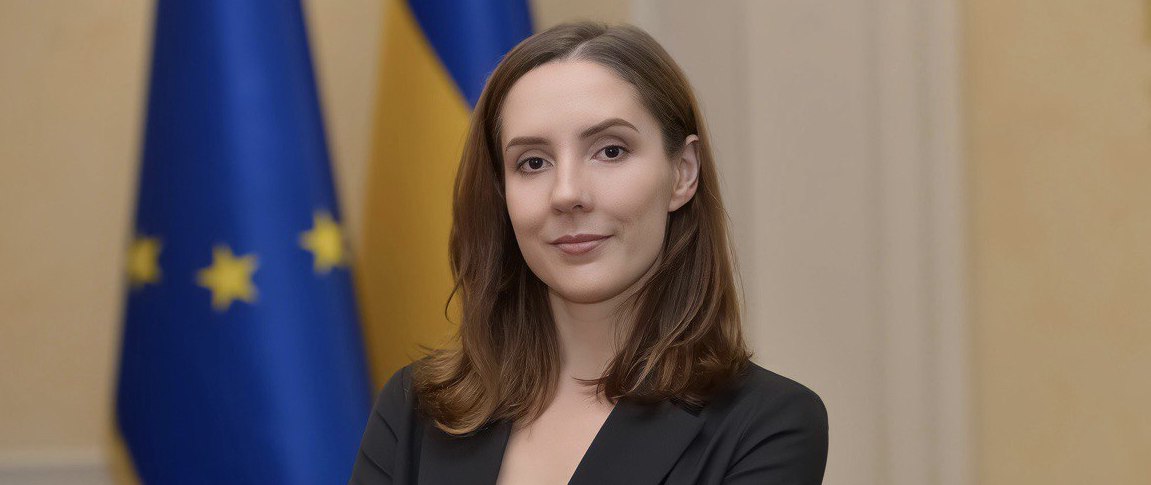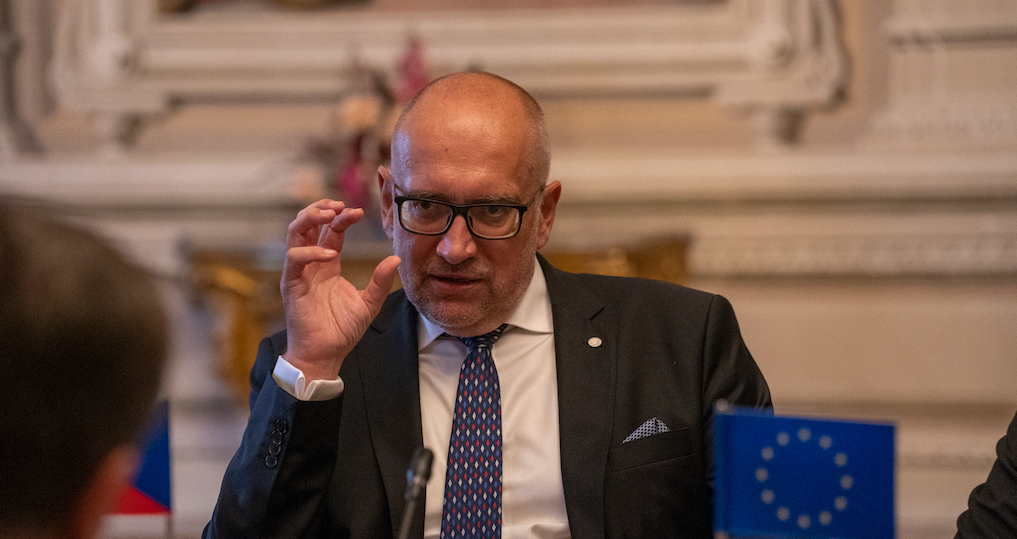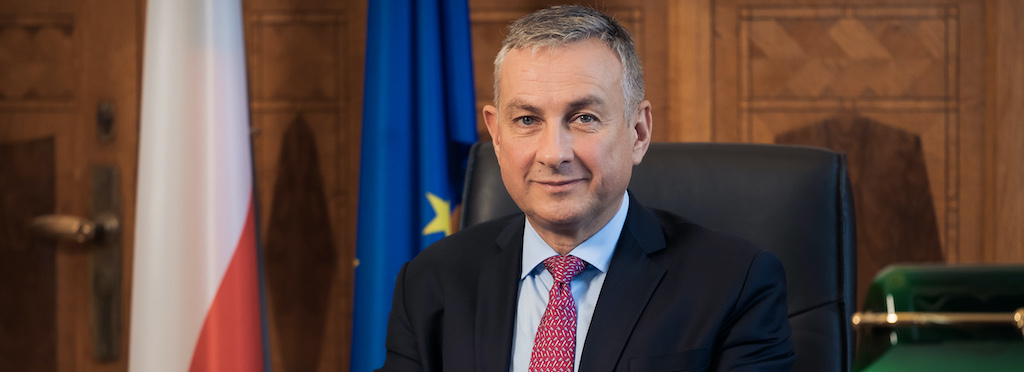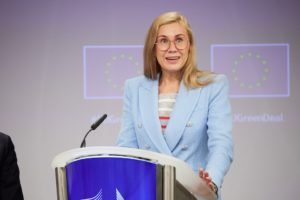
One week ago, I said that we should not underestimate the impact of this price spike. Our immediate priority as the European Union is to help Member States take short-term coordinated action, protecting the most vulnerable citizens and the competitiveness of companies. We must also mobilise our Single Market and our common policy levers to make the EU most resilient for future crises. This is the logic of our Toolbox Communication.
What has caused the rise in prices at global level:
We are witnessing a perfect storm of various factors converging towards raising energy prices.
The world economy has started to rebound after the pandemic. We are seeing the expected domino effect on the demand for gas, and especially in Asia. China is hungry for energy and rival for the same LNG supplies as Europe, offering a higher premium.
At the same time, here in Europe, our gas supply has tightened. An unusually cold winter and spring last year depleted the gas storage in Europe before the injection season. LNG supply was hampered by technical problems in some markets, and by the strong competition from Asian markets. Europe’s domestic gas production has also decreased.
All of that was compounded by a reduction in deliveries due to delayed maintenance work on gas pipelines. Pipeline gas from Russia has not compensated this emerging shortfall.
While long-term contracts from Russia are being respected no extra capacity was booked, despite the rising prices, exacerbating an already tight balance.
In parallel, less wind than usual in Western Europe and less hydropower reduced the available amount of renewable energy.
The carbon price has also steadily increased due to economic recovery and the greater use of carbon intensive fuels.
All of this has driven up gas prices across the globe and created the ingredients for an abrupt price surge in Europe.
We expect high gas prices to gradually decrease from spring next year based on current demand forecast. However, the winter will be a crucial variable.
Gas underground storage is entering the winter season at a level lower than the historical average. We are currently above 77% across Europe. This level is slowly continuing to improve day by day. Based on ENTSO-G’s latest winter outlook, this is tight but adequate to cover the winter season needs in normal circumstances. However, should an exceptionally cold winter combine with unexpected disruptions in supply, more volumes of gas would be needed. We need to be vigilant.
All of these elements show that the, global gas market is in a precarious balance. We need a proactive policy response now to protect our competitiveness, our security of supply and our agenda for a cleaner energy system.
The high prices are not the cost of the clean energy transition. The opposite, in fact. The move towards green, clean, sustainable energy is part of the equation for a lasting solution.
More renewables plus more energy efficiency means more affordable and secure energy.
Wind and solar, as we know, continued to generate the cheapest electricity in Europe in recent months. And their share in the energy mix is ever increasing.
And when this is part of the bigger picture of a well-integrated electricity market, they will be key to maintaining affordability for all consumers.
The measures in the Toolbox:
First, our advice is that the most effective action in this moment is to deliver targeted support for households, who bear the brunt of this price spike. The primary target should be on vulnerable consumers, for a reason of equity. Support could take the form of lump-sum payments to low-income families or direct support for a defined minimum consumption per household or inhabitant. ETS revenues can be used for this.
To complement this measure, safeguards to avoid disconnections from the grid or payment deferrals could be considered. We know that some Member States introduced such measures at the beginning of the pandemic and that they proved effective.
Relief from some taxes and levies can also be used to alleviate the burden on households, with the application of reduced rates or even exemptions for vulnerable populations. The EU framework already allows for it in targeted situations.
Short-term measures designed in this way have a dual benefit: they help citizens to weather the temporary shock and avoid undermining the market incentives towards the green transition.
In some way, these measures anticipate the new tools that we proposed in the July Package for a just transition.
The proposed Social Climate Fund would ensure a structural response to addressing energy and mobility poverty. It will provide Member States additional funding for building improvements, infrastructure development and direct income support that can support citizens throughout the initial phase of the green transition. With 72.2 billion EUR. And by the end of the year, the Commission will propose a Council Recommendation on the social and labour aspects of the green transition.
Beside national measures, the Communication commits the Commission to increase market surveillance over energy markets and the ETS market, together with ACER and ESMA, to detect and deter any abuse or uncompetitive behaviour, or speculative action.
We expect that this guidance will help Member States design and implement effective measures in a coordinated way and in line with EU law, maximising impact.
But the toolbox also proposes medium- and long-term action, where the EU is in the lead.
First, it is essential to strengthen Europe’s preparedness and resilience to price hikes.
This concerns the good functioning of gas markets. As we move towards decarbonisation, fossil gas is bound to be replaced by renewable gas, be it biomethane, e-fuels or renewable hydrogen. Setting the rules to encourage this development will be the core of the December Gas package. But Gas has a role in the ongoing transition. Thus, in the December package we will address issues of consumer protection, security of supply and storage.
We need to upgrade consumer protection rules, to empower active consumers and encourage the uptake of renewable gases, produced domestically.
We need a more precise framework for storage. Today, gas storage is not available everywhere in the EU. A more integrated European approach could optimize costs and protect against price volatility. We will look into issues like making access to storage easier and ensure that storage capacities are optimally used.
Finally, we should explore if joining forces among Member States could help us be more prepared to face price volatility. That’s why we will also examine the potential benefits and design of voluntary joint procurement of reserve gas stocks, in line with energy market regulation and the EU competition rules.
But the electricity market design is also at the centre of the public debate. We are not convinced that any alternative framework, with regulated prices for different technologies, would deliver better prices and clearer incentives for green investment. The electricity market design is exactly tailor-made to deliver more renewables and cheaper energy to all consumers and to enhance cross-border integration.
We have seen the proof of this: last year, renewables provided the majority of electricity production, and negative electricity prices were widespread as a result.
The only real way to decouple gas and renewables in the price formation on the electricity market, is to speed up the integration of renewables into the energy system.
While the electricity market design is not at the root of today’s problems, we still need to understand better its benefits and drawbacks, notably its ability to withstand price volatility. That’s why we have tasked ACER with conducting a study on those issues and to report by April with recommendations for follow up. Going forward, we see the need for doubling down on investing in flexibility and storage to integrate more variable renewable energy in the electricity market.
The last message from the toolbox is that the ultimate future-proof solution to the energy bill crisis is to accelerate renewables and energy efficiency.
In some ways, we have already presented our plan to avoid today’s situation in the future in the July Green Deal Package. It sets out an ambitious framework for a renewables-based energy system that operates much more cost-effectively than it does today. The July RED revision proposal enables a greater use of public purchase agreements, energy communities or cross border cooperation. It fosters the development of offshore wind and green hydrogen. The amended Energy Efficiency directive increases our ambition for energy efficiency on a number of key fronts.
Today’s events give us a clear message: we do need these initiatives and we must even accelerate our agenda.
In our view we should:
- accelerate auctions for renewable energy
- speed up permitting,
- invest more on storage, flexibility and cybersecurity of the grids
- and step-up investments in interconnections on energy efficiency and in buildings performance
- accelerate implementation of the Next Generation EU projects
Conclusion:
The European Union has gone through energy commodity crises before. Every time we found the strength to respond, through market integration, energy efficiency and cross border solidarity. Thanks to this work, we are today better prepared than we were some years ago.
At the same time, this price rally is happening as a structural clean energy transformation is taking place at global level. The world of tomorrow will be built on renewables.
And so, faced with a crisis driven by our legacy of fossil fuels dependency, we need to act and take the right measures, so that we not only protect Europeans in the here and now, but we create the conditions for a stronger energy security in the clean energy world of tomorrow.




